
Filter News
Area of Research
- Advanced Manufacturing (5)
- Biology and Environment (17)
- Clean Energy (70)
- Climate and Environmental Systems (2)
- Computer Science (2)
- Energy Sciences (1)
- Fusion and Fission (6)
- Fusion Energy (5)
- Isotopes (5)
- Materials (52)
- Materials for Computing (5)
- National Security (15)
- Neutron Science (28)
- Nuclear Science and Technology (22)
- Nuclear Systems Modeling, Simulation and Validation (2)
- Quantum information Science (3)
- Supercomputing (38)
Date
News Topics
- 3-D Printing/Advanced Manufacturing (44)
- Advanced Reactors (17)
- Artificial Intelligence (33)
- Big Data (24)
- Bioenergy (23)
- Biology (18)
- Biomedical (27)
- Biotechnology (7)
- Buildings (14)
- Chemical Sciences (20)
- Clean Water (6)
- Climate Change (31)
- Composites (7)
- Computer Science (63)
- Coronavirus (23)
- Critical Materials (8)
- Cybersecurity (4)
- Decarbonization (22)
- Education (1)
- Emergency (1)
- Energy Storage (30)
- Environment (49)
- Exascale Computing (10)
- Fossil Energy (3)
- Frontier (9)
- Fusion (19)
- Grid (16)
- High-Performance Computing (20)
- Isotopes (19)
- ITER (1)
- Machine Learning (17)
- Materials (16)
- Materials Science (53)
- Mathematics (6)
- Mercury (1)
- Microelectronics (1)
- Microscopy (10)
- Molten Salt (2)
- Nanotechnology (19)
- National Security (20)
- Net Zero (6)
- Neutron Science (40)
- Nuclear Energy (41)
- Partnerships (14)
- Physics (18)
- Polymers (12)
- Quantum Computing (11)
- Quantum Science (26)
- Security (5)
- Simulation (14)
- Space Exploration (5)
- Statistics (2)
- Summit (23)
- Sustainable Energy (44)
- Transformational Challenge Reactor (5)
- Transportation (27)
Media Contacts

Researchers at the Department of Energy’s Oak Ridge National Laboratory have used Summit, the world’s most powerful and smartest supercomputer, to identify 77 small-molecule drug compounds that might warrant further study in the fight
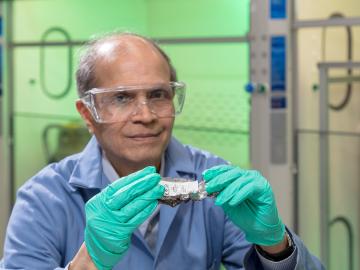
Three technologies and one commercialization program developed at the Department of Energy’s Oak Ridge National Laboratory have won National Technology Transfer Awards from the Federal Laboratory Consortium.
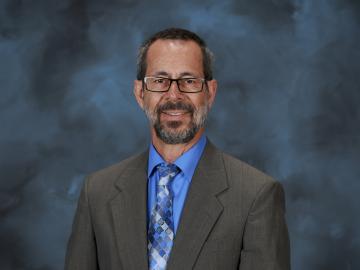
Four staff members from the Department of Energy’s Oak Ridge National Laboratory have been named fellows of the Neutron Scattering Society of America.
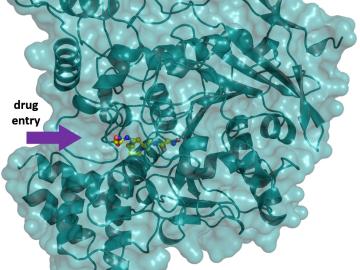
In the most comprehensive, structure-based approach to date, a team of scientists may have discovered a new family of antidotes for certain poisons that can mitigate their effects more efficiently compared with existing remedies.

Large trucks lumbering through congested cities could become more fuel efficient simply by not having to stop at so many traffic lights.
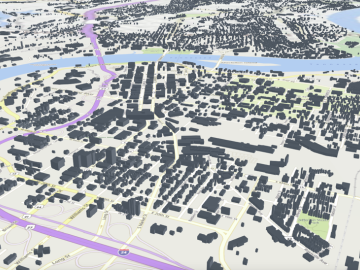
Oak Ridge National Laboratory researchers have developed a modeling tool that identifies cost-effective energy efficiency opportunities in existing buildings across the United States.
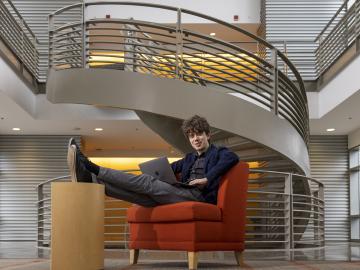
Joe Paddison, a Eugene P. Wigner Fellow at the Department of Energy’s Oak Ridge National Laboratory, believes there’s more information to be found in neutron scattering data than scientists like himself might expect.

Biological membranes, such as the “walls” of most types of living cells, primarily consist of a double layer of lipids, or “lipid bilayer,” that forms the structure, and a variety of embedded and attached proteins with highly specialized functions, including proteins that rapidly and selectively transport ions and molecules in and out of the cell.
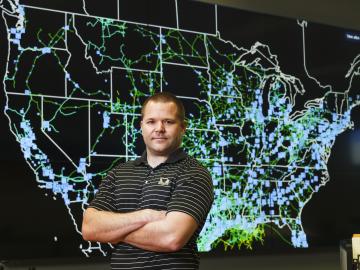
Nils Stenvig has always had an interest in solving big problems. That desire drove his focus on electrical engineering in college and eventually led him to Oak Ridge National Laboratory, where today he’s using his expertise to better understand the world’s largest machine—the electrical grid.

OAK RIDGE, Tenn., Feb. 27, 2020 — Researchers at Oak Ridge National Laboratory and the University of Tennessee achieved a rare look at the inner workings of polymer self-assembly at an oil-water interface to advance materials for neuromorphic computing and bio-inspired technologies.


